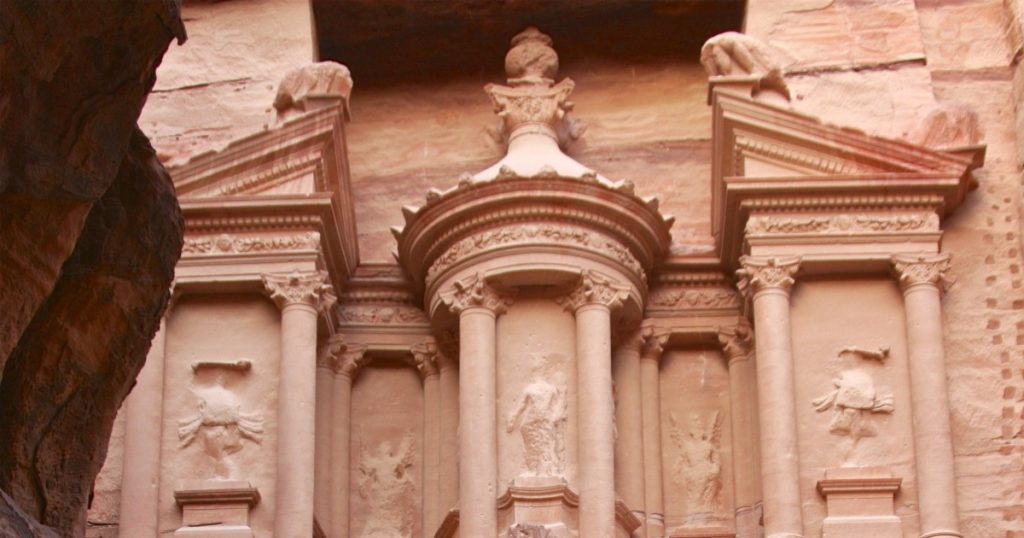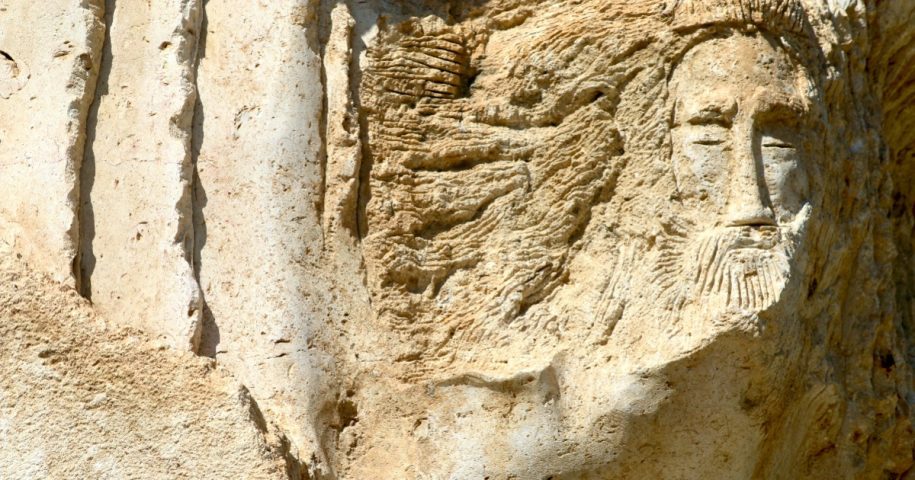Jordan, a land of ancient wonders and historical significance, is a country steeped in a captivating history that spans millennia. From the ancient civilizations that once thrived on its soil to the modern nation it is today, Jordan’s past holds a wealth of stories and treasures waiting to be discovered. Let us embark on a journey through time to explore the fascinating history of this remarkable land.

Ancient Roots: The origins of Jordan’s history can be traced back to the dawn of civilization. The region was home to ancient peoples such as the Ammonites, Edomites, and Moabites. These kingdoms left their mark on the land, with remnants of their existence found in archaeological sites across the country. The Nabateans, famous for their capital city of Petra, established a prosperous trading empire that flourished from the 4th century BCE to the 1st century CE.
Roman and Byzantine Eras: The Roman Empire’s dominion expanded to encompass Jordan in the 1st century BCE. The region became part of the Roman province of Arabia, and cities like Philadelphia (Amman) and Gerasa (Jerash) thrived as vibrant urban centers. Magnificent temples, theaters, and forums were erected, showcasing the architectural grandeur of the time. With the rise of Christianity, the Byzantine period saw the construction of numerous churches and monasteries, leaving a lasting spiritual legacy.
Islamic Influence: The advent of Islam in the 7th century CE brought a new chapter to Jordan’s history. The Rashidun Caliphate and subsequently the Umayyad Caliphate expanded their territories into the region, making it an integral part of the Islamic civilization. Cities such as Ammon (Amman) played important roles as administrative centers, and their ancient ruins bear witness to the Islamic heritage. The Umayyad desert castles, including Qasr Amra and Qasr Azraq, reflect the architectural brilliance of the time.
Crusader Fortresses and Ayyubid Rule: During the Crusades, Jordan became a battleground between European Crusaders and Muslim forces. The imposing crusader castles of Karak and Shobak served as strategic fortifications and stand as enduring symbols of this tumultuous era. Eventually, the Ayyubids, led by the renowned Salahuddin (Saladin), gained control of the region and restored stability.
Ottoman Legacy: In the 16th century, the Ottoman Empire established its rule over the region, incorporating it into the province of Syria. The empire left its mark on Jordan through the construction of Ottoman-era buildings and the establishment of administrative structures. Local tribes and clans maintained a level of autonomy, shaping the social fabric of the land.
Modern Jordan: Following the collapse of the Ottoman Empire, Jordan emerged as a sovereign state. Under the leadership of King Abdullah I, the country gained independence from British control in 1946. Jordan has navigated through regional conflicts, hosting waves of refugees and fostering stability amidst a challenging geopolitical landscape.
Preserving the Past: Today, Jordan stands as a testament to its rich history. The preservation of its archaeological sites, including the magnificent rose-red city of Petra, the Roman ruins of Jerash, and the majestic desert landscapes of Wadi Rum, showcases the country’s commitment to safeguarding its historical treasures. These sites, along with several others, have been recognized as UNESCO World Heritage sites, drawing visitors from around the globe.
Conclusion: As you wander through the ancient streets, marvel at the intricate carvings, and immerse yourself in the stories of the past, Jordan’s history comes alive. From the early civilizations to the diverse empires that shaped the region, the country’s heritage is a testament to the enduring legacy of human civilization. Journey through time in Jordan, and you will discover a land where history whispers in every corner, inviting you to explore its remarkable tapestry of the past.


Leave a Reply